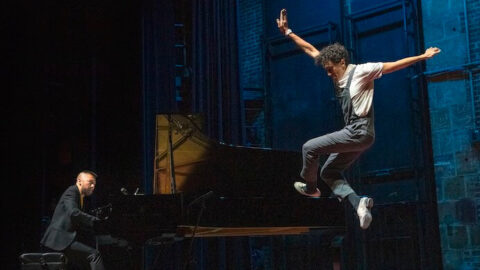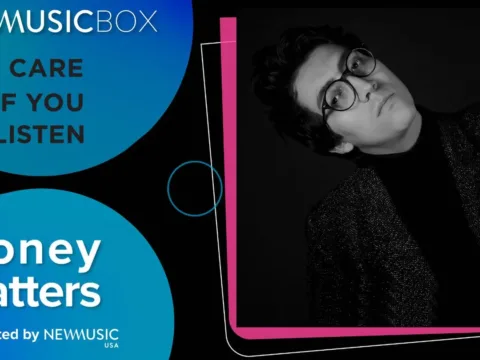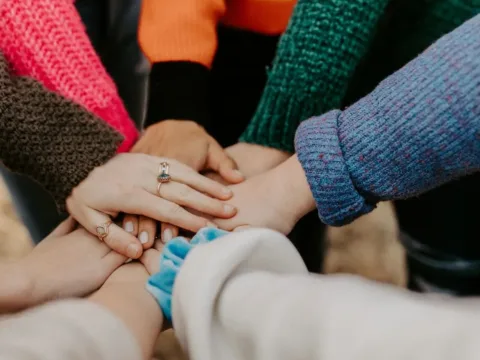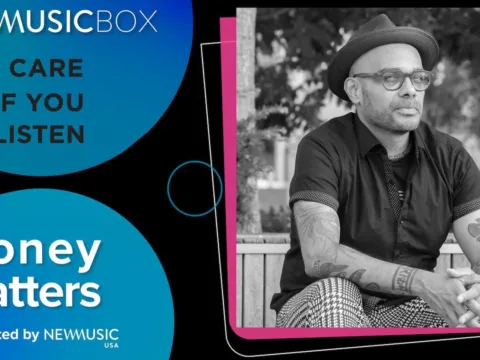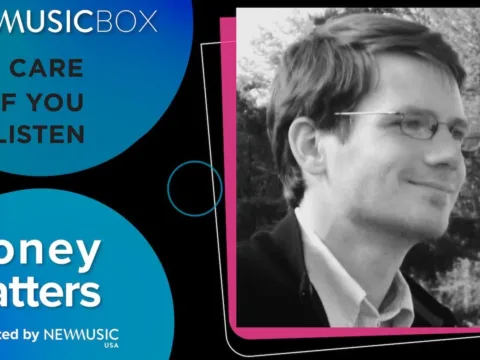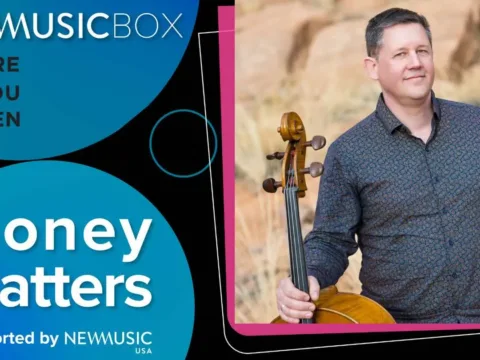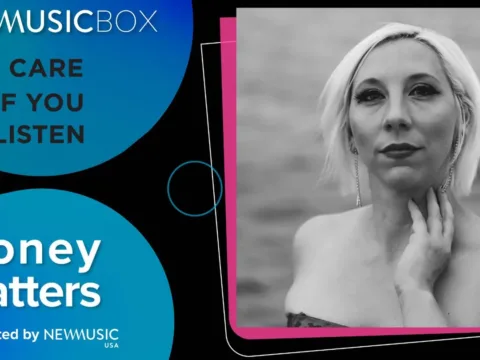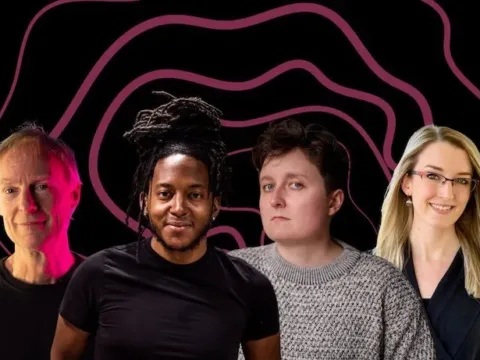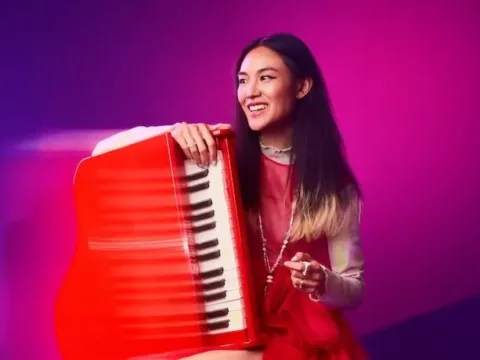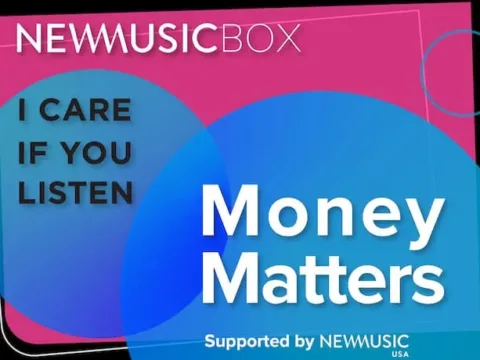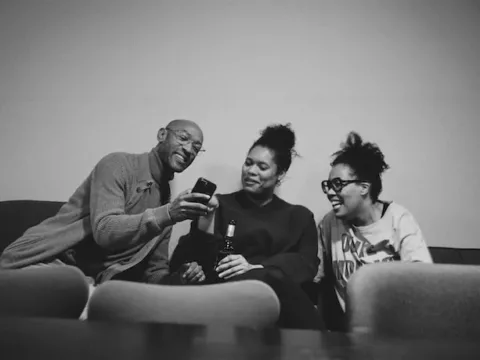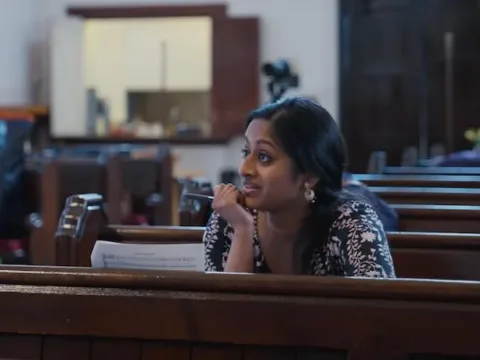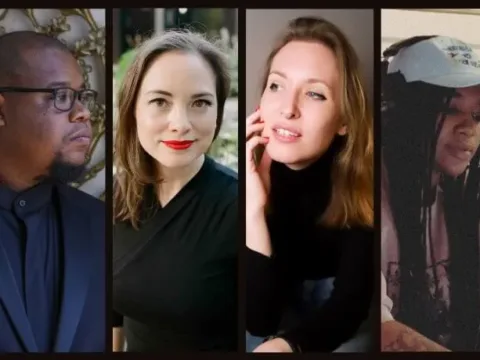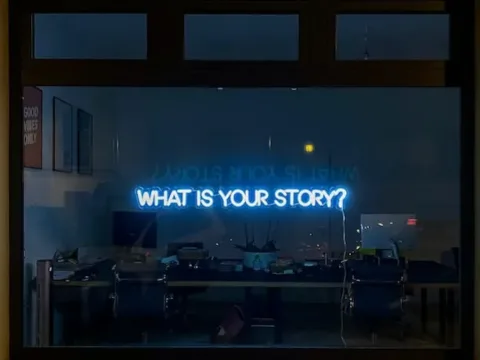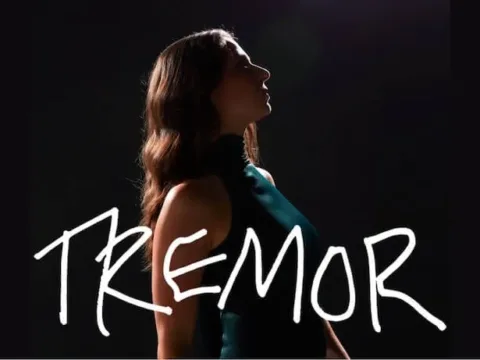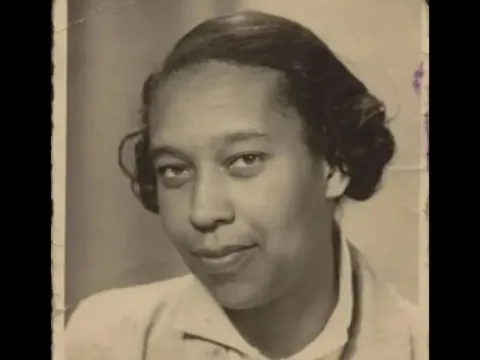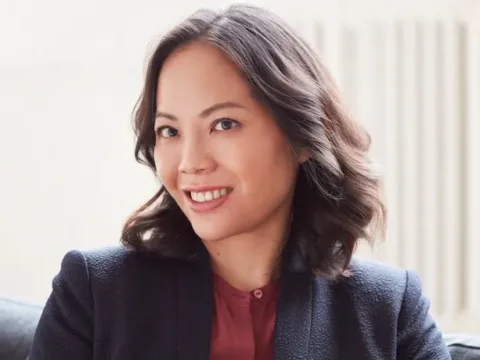How artists approach digital content is a sprawling, deeply complicated question. While some key topics have already been addressed in this series – how to define your online brand, if/how to present yourself online via a website, the value of high-quality music videos – my goal with this essay is to focus on how artists can maximize the reach and impact of their digital content while maintaining their artistic integrity.
This is, of course, a fine line – on one hand, you never want to compromise your musical vision in order to create something that’s more PR-friendly. But on the other hand, we all know how frustrating it is to create something artistically fulfilling, only to see it languish in obscurity.
I’ve spent my career helping artists tell their stories as the founder and president of Unison Media, one of the leading PR & Marketing agencies for classical music and the performing arts, with clients like Gustavo Dudamel, Paola Prestini, Jeremy Denk, Prototype Festival, and many more. I’m also the founder and artistic director of Death of Classical, a nonprofit that presents classical music and opera concerts in crypts, catacombs, and cemeteries. Below are a handful of case studies from my work with artists that demonstrate how to approach content promotion in a way that grows out of creative inspiration, while still leaving room to adapt and experiment in order to achieve your promotional goals.
Daniel Temkin – Leveraging Music Videos
For his debut album COLORS, composer Daniel Temkin had created a series of music videos with performers like Ashley Jackson, Emi Ferguson, Ayane Kozasa, Francisco Fullana, Alexi Kenney, and more. We could have simply rolled the videos out on social media in collaboration with the performers and the label, but instead, we pitched them individually to different media outlets, tailoring each video to the most appropriate platform. The videos with prominent string players went to specialist magazines Strings and The Strad, the most “traditional” classical piece went to Gramophone Magazine, while the most progressive, narrative-driven video went to our very own I CARE IF YOU LISTEN.
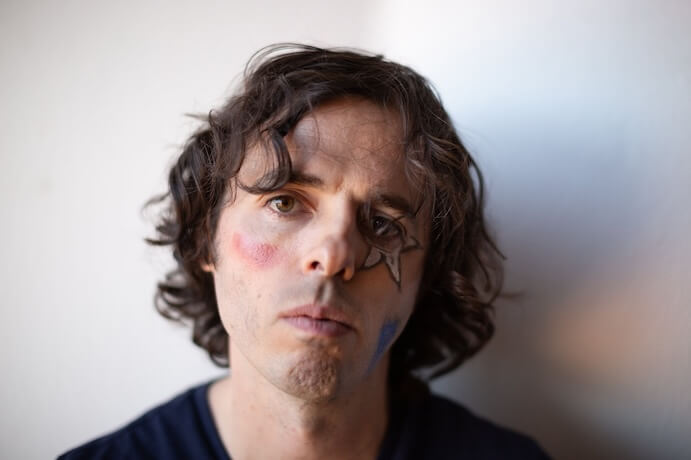
In tailoring the content to the specific mission of each media outlet, the platforms were able to share the content that would most resonate with their readers, and the videos each got exposure to the most appropriate audiences, while also providing broader exposure for the album as a whole.
So what are the takeaways from all of this?
- When deciding whether or not to create music videos, consider what platforms might be interested in your content, as that could tilt your decision of what to film between two otherwise-equal pieces.
- When pitching content to promotional platforms, consider the editorial priorities of the outlet and their audience so you’re only pitching them on content that will be of interest to them and their community.
Min Kwon – Building a Campaign Around Content
During the COVID-19 Pandemic, pianist Min Kwon came up with a truly ambitious project: to commission composers across America to write solo piano interpretations based on America the Beautiful. What started as just a handful of pieces soon grew into more than 70 participating composers, and Min needed to determine how to actually present this project to the world. She had wanted to film them all and release them sporadically over a long period of time, but once we began working together, we decided that it was better to create a clear timeline for the release with a focused moment when we could maximize the impact, as well as a centralized platform where people could see both the broad scope of the project and dive into the individual interpretations by different composers.
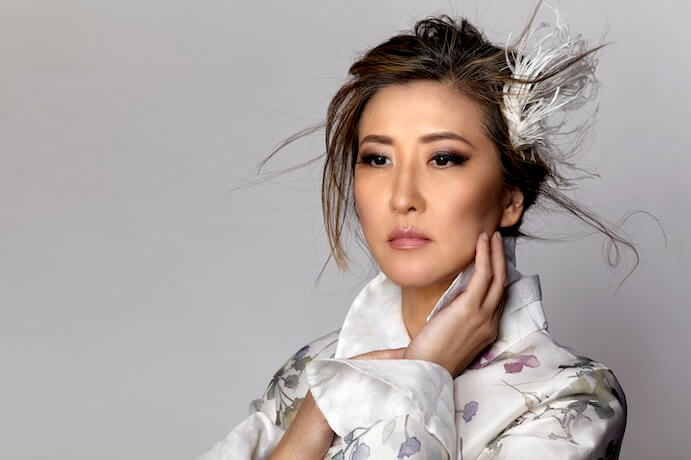
We branded the entire campaign America/Beautiful, and created a website where we could house all of the video content, updates, press coverage, etc. We announced the project on President’s day, and released the videos over the course of four livestreams beginning July 4th, along with a series of NYC performances of selections from the project. The livestreams were each 1-2 hours, and after each stream we also released the individual works by each composer as a standalone video both on Min’s YouTube and on the project website. Every video shared info about the pieces themselves, while also linking back to the larger project via the website, YouTube Endcards, and so on.
In order to promote the project, we combined traditional media (including mainstream press like NBC Nightly News, NPR, and much more) along with best practices of social media promotion – giving graphic and video assets to each composer that they could share in order to promote the livestream with their work, as well as the individual video of their piece.
What’s the takeaway here?
- Creating a clear campaign around a project, and a logical, practical infrastructure for your content can maximize the impact of the initial release and create a dedicated place where people can continue to discover your work.
Conrad Tao & Caleb Teicher – Intentional Content Creation
In 2018, the New York Philharmonic commissioned pianist and composer Conrad Tao to write an orchestral piece, Everything Must Go. They also invited him to perform on their intimate post-concert Nightcap series with the acclaimed tap dancer, Caleb Teicher. When I asked Conrad what he and Caleb were planning to do, he sent me a video of one of their rehearsals. I was so struck by their casual brilliance and collaborative virtuosity that I shared it with the NY Phil’s promo team, and – knowing that larger institutions often have a budget for marketing content creation – I proposed filming a video of the two of them that we could use to promote the orchestral premiere and the Nightcap show.
They agreed, and a member of the NY Phil team suggested the possibility of filming in the Steinway factory in Queens. The raw and visually-compelling warehouse was artistically interesting, but it was also practical since Conrad is a Steinway artist and we would be able to film there for free or cheap. When Steinway gave us the green light, we hired one of my favorite directors, the great Tristan Cook, and he filmed Conrad playing two movements of Bach’s Goldberg Variations while Caleb tap danced across two wooden pallets.
The final video was so spectacular that I wanted to see if we could do more than simply share it on social media. NPR had a series where they premiered music videos, and I pitched it to them knowing that the producer had been a fan of Conrad’s albums in the past. They were so charmed by the video that they agreed to run it as an exclusive, so we had a national NPR feature, followed by our joint social media promotion, resulting in packed concerts for the premiere and a sold out Nightcap show.
A few years later, I pitched Conrad and Caleb for a Tiny Desk performance at NPR, speaking to the same producer who’d accepted the video. He jumped at the idea, and the end result was the first-ever Tiny Desk to feature tap dancing.
Once again, the takeaways?
- If you create something authentic and see that people respond to it, lean into that content.
- When organizations of any size are aligned and activated around a powerful artistic project, collaboration can have a huge impact. As you’re exploring potential partners, consider their incentives and what they can bring to the table so you can convincingly pitch a situation where all partners are benefitting.
- Think as big as you can. In this instance, we could have just made an iPhone video and shared it to our social media accounts, but instead we ended up with two evergreen pieces of content, and national news hits that have bolstered both Caleb’s and Conrad’s careers.
Lawrence Brownlee – Activism in Action
NFL player Colin Kaepernick started a firestorm of conversation in 2016 by taking a knee during the pre-game National Anthem to protest against racial inequality and police brutality. As opera singer Lawrence Brownlee was preparing to sing the National Anthem for an NFL game, he felt conflicted – as the son of a veteran he understood the importance of the anthem as a symbol of hope and patriotism, but on the other hand, he wanted to support Kaepernick’s peaceful call for public discourse around race relations. He chose to post about his conflicted feelings on his social media; as it began to gain traction, I shared his statement with the New York Times and other media outlets, which led to several national news stories on it.

In the wake of that moment, Larry wanted to further incorporate activism into his music-making. I had seen a video series where NPR filmed performances in unusual venues. I’d just begun programming concerts in a Harlem Crypt, which felt like a powerful venue to express solidarity for the Black Lives Matter movement while also commemorating the lives lost to police violence. We settled on the spiritual There’s a Man Going ‘Round Taking Names, and asked jazz pianist Jason Moran, with whom Larry had been discussing a joint concert, if he’d be interested in arranging it for the performance. He said yes, and NPR agreed to film the performance in the Crypt for their series. The resulting video was viewed by millions, including director Ava DuVernay, who learned about it through Moran and then included it in her acclaimed documentary 13th.
From there, Larry continued to expand his musical activism, working with Carnegie Hall and Opera Philadelphia to commission Cycles of My Being, a song cycle by composer Tyshawn Sorey and poet Terrance Hayes that was premiered to critical acclaim at Carnegie and performed around the world. He followed that project by commissioning a series of songs from up-and-coming African-American composers based on poetry from the Harlem Renaissance, which was recorded for his Grammy nominated album Rising.
Takeaways?
- Traditional media coverage can be shared on social media to reach a greater audience, but social media posts that gain traction can also be converted into traditional media coverage if sent to the right people at the right time.
- When expressing something as personal as activism, seek out like-minded collaborators who can augment your own voice and increase the potential reach and impact of your collective work.
- While everyone has different access to resources and collaborators, think about how you can bring different elements together in a way that makes them more than the sum of their parts – in this case, we worked with creative collaborators, institutions, labels, and presenters to create projects that had a focused, international impact
Ultimately, maximizing the impact of your digital content requires a delicate balance of integrity, intentionality, and flexibility – knowing what you want to say with your music, why you want to say it, and who you want to reach, while still maintaining a degree of adaptability as far as how you say it, the partners you collaborate with, and channels you use to spread the word about it.
This article is part of ACF’s digital media expansion to empower artists, made possible by funding from the John S. and James L. Knight Foundation. Learn more at kf.org and follow @knightfdn on social media.
I CARE IF YOU LISTEN is an editorially-independent program of the American Composers Forum, and is made possible thanks to generous donor and institutional support. Opinions expressed are solely those of the author and may not represent the views of ICIYL or ACF.
You can support the work of ICIYL with a tax-deductible gift to ACF. For more on ACF, visit composersforum.org.
